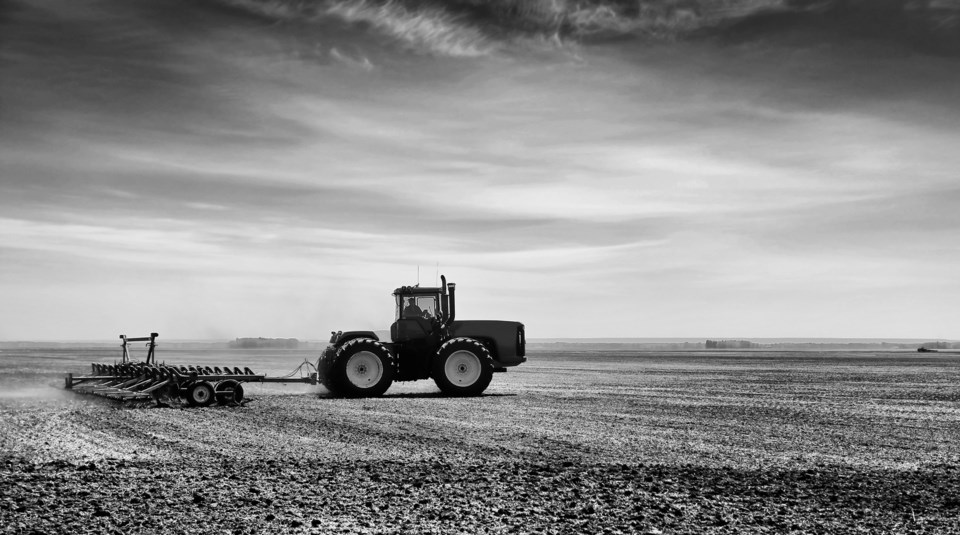EAST CENTRAL — Saskatchewan farmers have been able to seed five per cent of the 2019 crop from April 23 to 29, compared to the five-year average (2014-18) of three per cent.
Northeastern Saskatchewan
Some producers have begun seeding in the region, while others expect to start within the next few weeks. One per cent of the crop has been seeded in the region, which is on par with the five-year (2014-18) average for this time of year.
Rainfall this past week was mostly trace amounts, with the exception of the Nipawin area with two millimetres. The Hudson Bay area has received the most precipitation since April 1 (18 millimetres).
Cropland topsoil moisture is rated as four per cent surplus, 72 per cent adequate, 22 per cent short and two per cent very short. Hay land and pasture topsoil moisture is rated as six per cent surplus, 71 per cent adequate, 20 per cent short and three per cent very short. Crop District 8A is reporting that 13 per cent of cropland, hay land and pasture land have surplus moisture at this time.
Pasture conditions are rated as six per cent excellent, 37 per cent good, 35 per cent fair, 17 per cent poor and five per cent very poor.
Farmers are busy cleaning seed, harrowing, rock picking, applying fertilizer and harvesting overwintered crop.
East Central Saskatchewan
Seeding has begun in the Rocanville, Langenburg and Wynyard areas. Six per cent of the crop is now seeded, ahead of the five-year (2014-18) average of one per cent for this time of year.
Rainfall this past week ranged from trace amounts to 17 millimetres in the Craik area. The Jedburgh area reported receiving nine millimetres, the Raymore area two millimetres, Bethune 13 millimetres and Ituna four millimetres. The Esterhazy area has received the most precipitation since April 1 (32 millimetres).
Cropland topsoil moisture is rated as one per cent surplus, 47 per cent adequate, 38 per cent short and 14 per cent very short. Hay land and pasture topsoil moisture is rated as one per cent surplus, 37 per cent adequate, 43 per cent short and 19 per cent very short.
Pastures are slow to green up in many areas and will need warm weather to encourage growth. Pasture conditions are rated as 11 per cent good, 29 per cent fair, 44 per cent poor and 16 per cent very poor. Livestock producers are moving cattle when they are able to do so.
The crop report is provided each week by the Government of Saskatchewan



.png;w=120;h=80;mode=crop)
